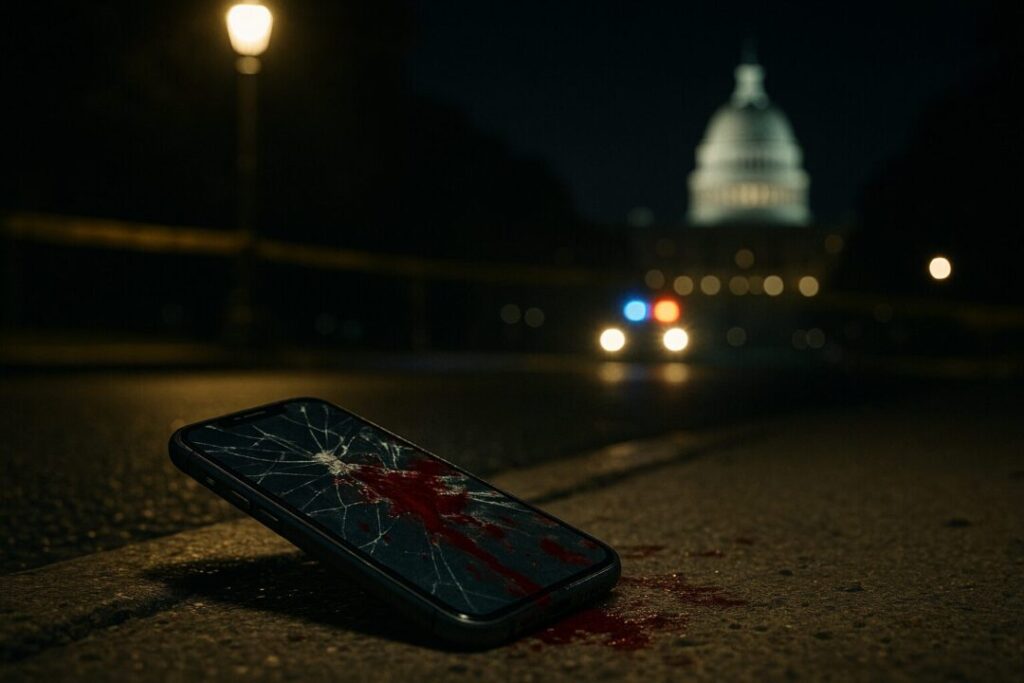Edward Coristine, a 19-year-old former federal employee with the Trump administration’s DOGE project, was beaten bloody in the early hours of August 3 while trying to protect his girlfriend from a group of would-be carjackers.
The attackers were a pack of around 10 teenagers. Two 15-year-olds were arrested, both from Maryland. The rest got away.
.@POTUS: “Somebody from @DOGE was very badly hurt last night… a young man who was beat up by a bunch of thugs in D.C. Either they’re going to straighten their act out… or we’re going to have to federalize and run it the way it’s supposed to be run.” https://t.co/Z6Ywr9oYYX pic.twitter.com/yhg9mRfDaF
— Rapid Response 47 (@RapidResponse47) August 5, 2025
Coristine, also known online by the nickname “Big Balls,” was praised by conservatives for stepping in to stop the crime.
Graphic photos of his injuries quickly went viral, especially after President Trump and Elon Musk shared them on Truth Social and X.
The assault happened around 3 a.m. in Logan Circle, a wealthy D.C. neighborhood.
According to police, the teens approached Coristine and his girlfriend, Emily Bryant, and made comments about stealing their car.
Coristine shoved Bryant into the car for safety and confronted the group. He was then beaten unconscious.
His attackers reportedly stole his iPhone 16 before fleeing. Coristine was left with a concussion and other serious injuries.
Police caught two of the teens nearby; both are now facing charges for unarmed carjacking.
Crime Stats vs. Real Life
Some critics claim this incident is being blown out of proportion – D.C. crime data shows violent crime is actually down in 2025.
But the broader picture tells a different story.
According to the Metropolitan Police Department, D.C.’s 2024 homicide rate was 25.8 per 100,000 – more than double the national average.
That’s not new. In 1991, the city earned the nickname “murder capital” after recording 482 homicides – a shocking rate of 80.6 per 100,000 – driven by the crack cocaine crisis.
There have been temporary improvements.
In 2008, police checkpoints in the city’s dangerous Trinidad neighborhood led to a 30% drop in violent crime. But the city’s recent crime stats have drawn new scrutiny.
A 2025 MPD preliminary report shows a rise in “unfounded” cases, up 8% from 2023, and changes in how crimes are classified.
Some leaders say this could make things look safer than they really are. The D.C. Council is now calling for independent audits to verify the official numbers.
What Comes Next?
Trump has floated the idea of federalizing D.C. The attack has also reignited the push to lower the age for prosecuting violent offenders as adults.
His post about the attack didn’t mince words.
He described Coristine’s attackers as “youths” and “gang members” and blamed weak laws for the surge in violence.
He also criticized D.C.’s policy of releasing offenders quickly, saying criminals now expect to face zero consequences.
The post added fuel to a long-running debate about D.C.’s autonomy.
Trump’s call to “federalize the city” echoes past efforts like the 1997 National Capital Revitalization Act.
Supporters say it’s long overdue. Critics argue it would trample local control.
For now, Coristine is recovering. His family hasn’t spoken publicly, and he hasn’t made a statement.
Whether you see him as a hero or a cautionary tale, stories like this remind us why the fight for law and order matters.
This article was written with the assistance of AI. Please verify information and consult additional sources as needed.





